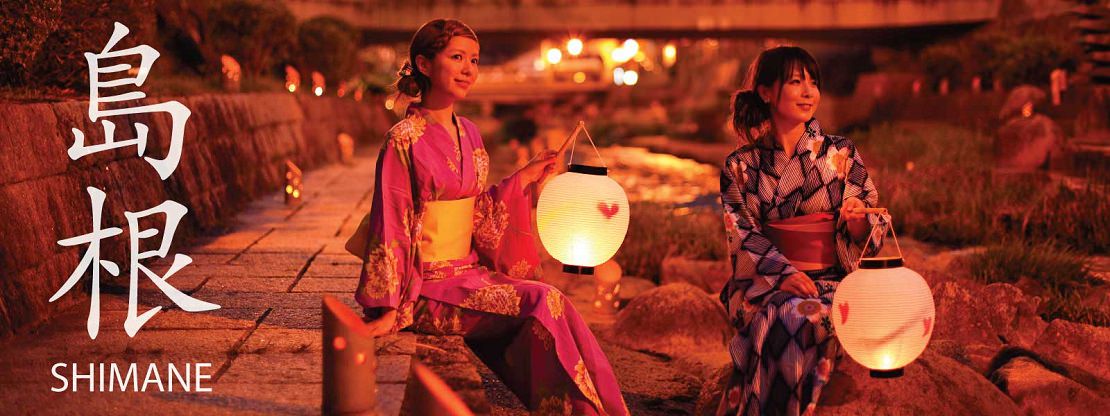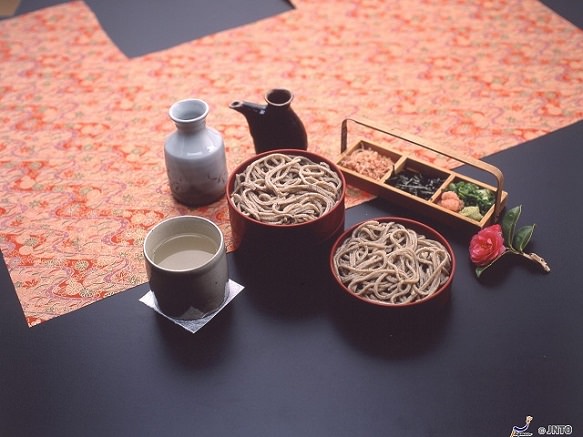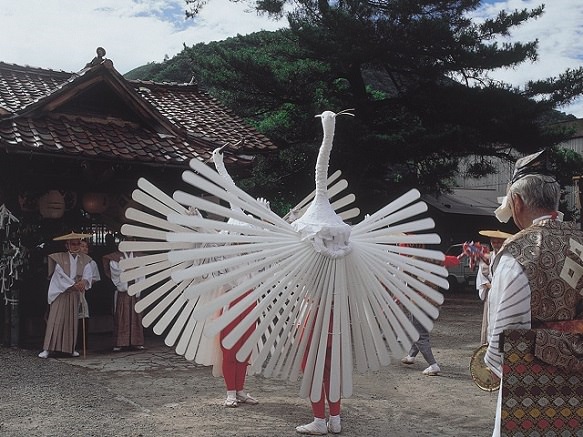-
- USA/Canada 1-800-285-2726
- Australia (02) 8006 4411

Region: Chugoku
Capital: Matsue
Population (approx.): 713,056 (2012)
Area: 2,590 sq miles
Area Rank: 18
Capital city and center of administration and economy of Shimane
Small castle town which prides itself on traditional arts and crafts

Shimane Prefecture is located in the Chugoku region and is Japan’s second least populated prefecture. In its capital city of Matsue is Matsue Castle, one of the only few remaining original castles in Japan. The Matsue Castle also has the only remaining castle tower in the San-in Region (the Japan Sea Coast). Matsue is also known as a former samurai district and several former samurai residences still stand. Among the buildings is the Matsue BukeYashiki which is now open to the public and a good example of a high ranked samurai family's mansion in Japan's countryside. Tsuwano, another town located in the westernmost part of Shimane, is a small castle town which prides itself on traditional arts and crafts. At Tsuwano is the Taikodani Inari Shrine, one of the five greatest Inari Shrines in Japan. The shrine was built to protect the castle against evil spirits. The shrine features a great number of vermillion torii gates, reminiscent of the Fushimi Inari Shrine in Kyoto. The gates lead to the Taikodani Inari Shrine’s beautiful main hall where visitors pray for good fortune, prosperity, and good harvest.
Hot spring famous for its sulfate water for great effects on skin
Architectural museum featuring world's largest hourglass
Aviary park and indoor garden with over 800 birds
True traditional Japanese garden with a great collection of artwork
One of twelve original castles, only one in Sanin region
One of Japan's oldest and most important shrines; enshrines the creator of Japan
Former Silver Mine now recognized as a World Heritage Site
Japanese garden filled with pink and yellow peonies

Shimane’s local dish is the Izumo Soba, a variation of the ordinary soba. The buckwheat is grinded during the making of Izumo Soba and thus the noodles come out to a darker color than ordinary soba. Izumo Soba is also eaten a little differently than the usual soba. Ordinarily, the noodles are dipped into dipping sauce but with Izumo Soba, the sauce is poured on the noodles. A popular type of Izumo Soba is Warigo Soba, which is served in three-tiered round lacquer boxes. This was useful for people back in the days when they wanted to eat outdoors. Since the sauce is poured on top of the noodles rather than dipped, Warigo Soba was very convenient to eat as well. Interestingly, before 1904 square and rectangular shaped boxes were used as well until the police, who were in charge of health at the time ruled that it was not as sanitary considering it was harder to clean around the edges. Thus round shaped lacquer boxes have been used since then.

Shimane is famous for its "sekishu washi", a type of handmade Japanese paper. Sekishu washi has a history of over 1,000 years and is recognized as UNESCO intangible cultural heritage. Various paper goods such as postcards, notebooks, letter papers, and more are created by sekishu washi. At Sekishu Washi Kaikan in Shimane you can experience washi making yourself and view various types of washi products on display.

"Sagi-Mai" is a religious ceremony in Shimane that was introduced in the 16th century and has been continued since the 17th century. Sagi Mai features two dancers dressed in white heron costumes who perform dances throughout the town. The dancers must consist of one female and male. The male's costume is a heron with its beaks open and the female's is closed. The costumes are created from different kinds of wood, thus weighing over 30 lbs. The dancers dance so elegantly to the music of the drums and flutes that they appear to be wearing real feathers.